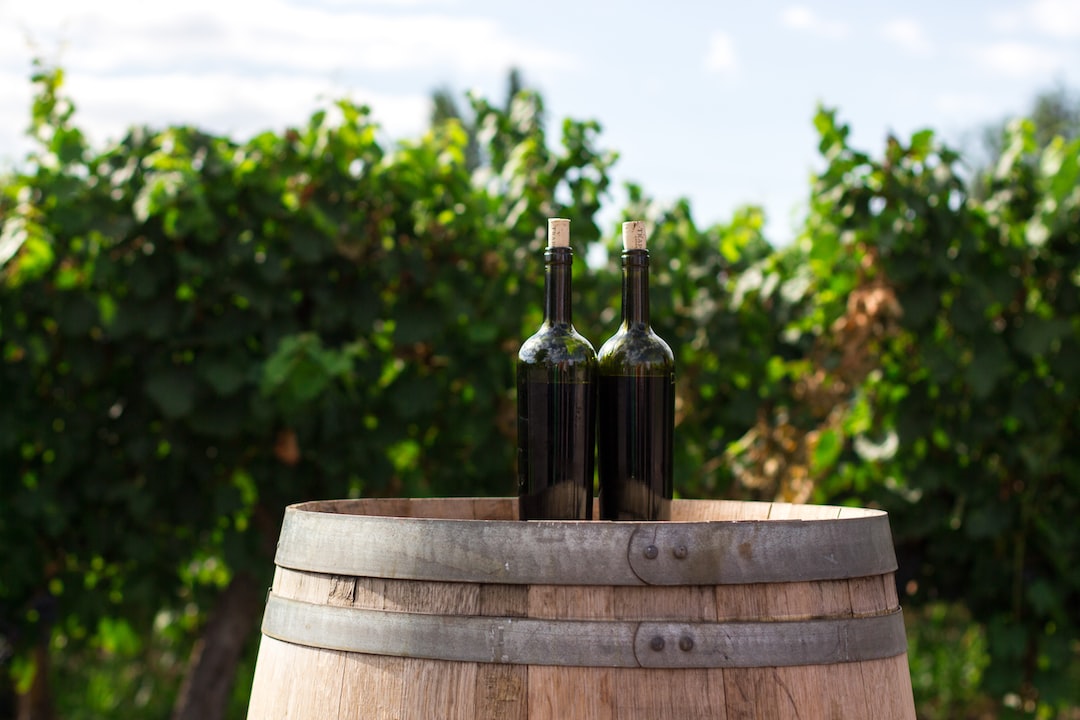
Emerging Trends in Wine Investment for 2024
Share
Wine investment has long been a sophisticated and intriguing avenue for diversifying investment portfolios. In 2024, the landscape of wine investment is evolving rapidly, driven by shifts in consumer preferences, technological advancements, and the global economic climate. Understanding these emerging trends is crucial for investors looking to capitalize on the growing wine market and achieve optimal returns. This article delves into the latest trends in wine investment for 2024, offering insights on how to navigate this complex yet rewarding market.
Sustainability and Organic Wines on the Rise

The Growing Demand for Eco-Friendly Wines
The wine industry is witnessing a significant shift towards sustainability and organic practices, driven by consumer demand for eco-friendly and healthier wine options. Investors are taking note of this trend, as sustainable vineyards often employ practices that not only benefit the environment but can also lead to the production of higher quality wines. These practices include organic farming, biodynamic preparations, and minimal intervention in the winemaking process. As awareness and demand for sustainable wines grow, investing in vineyards and wine labels that prioritize these practices could yield considerable returns.
Impact on Investment Strategies
The rise of sustainable and organic wines is prompting investors to reconsider their investment strategies. Traditional metrics of wine investment are being complemented with evaluations of a vineyard's environmental practices and sustainability certifications. This shift is not just about ethics; it's also about economics. Wines from sustainably managed vineyards are becoming increasingly popular, often commanding higher prices in the market. Investors are now looking at the long-term potential of sustainable wines, recognizing that consumer preferences are leaning towards products that are not only high-quality but also environmentally responsible.
Technological Innovations in Wine Production and Distribution
Blockchain and Wine Authenticity
Blockchain technology is revolutionizing the wine industry by enhancing transparency and authenticity, two factors crucial to wine investment. By tracking the lifecycle of a bottle of wine from the vineyard to the consumer, blockchain provides a tamper-proof provenance record. This technology mitigates the risk of counterfeit wines, a significant concern for investors. The ability to verify a wine's authenticity and history can significantly increase its value, making blockchain an essential tool for investors looking to safeguard their assets.
Direct-to-Consumer (DTC) Sales Channels
The growth of direct-to-consumer sales channels is another technological trend transforming wine investment. E-commerce platforms and wine club subscriptions are making it easier for consumers to purchase premium wines directly from producers. This shift is reducing the reliance on traditional distribution channels, allowing investors to tap into a broader market. DTC channels also offer investors insights into consumer preferences and buying behaviors, enabling more informed investment decisions. As DTC sales continue to grow, they present a lucrative opportunity for investors to engage directly with wine producers and consumers.
Diversification through Global Wine Markets
Emerging Wine Regions
The global wine map is expanding, with emerging wine regions gaining recognition for their quality and unique offerings. Countries traditionally not associated with wine production, such as China, India, and parts of Eastern Europe, are now producing wines that are capturing the attention of connoisseurs and investors alike. These regions offer new investment opportunities, often at lower entry costs compared to established wine regions. Investing in emerging wine regions can be a strategic move to diversify portfolios and capitalize on the potential for significant appreciation as these regions gain prominence.
The Rise of American Sparkling Wines
American sparkling wines are experiencing a renaissance, challenging the dominance of traditional European producers. As detailed in our article on The Rise of American Sparkling Wines, the quality of American sparkling wines has improved dramatically, driven by innovative production techniques and a focus on terroir. This segment of the wine market offers exciting investment opportunities, particularly as American sparkling wines continue to gain international acclaim. Investors should consider the potential of these wines to diversify their portfolios and tap into a growing market segment.
Investing in Wine Futures
Understanding Wine Futures
Wine futures, or "en primeur," refer to the practice of purchasing wine before it is bottled and released to the market. This investment strategy allows investors to buy wines at potentially lower prices, with the expectation that their value will increase by the time they are released. Investing in wine futures can be particularly lucrative for highly sought-after vintages or wines from prestigious vineyards. However, it requires a deep understanding of the wine market and the ability to predict future trends.
Risks and Rewards
While investing in wine futures can offer substantial returns, it also comes with risks. Market fluctuations, changes in consumer preferences, and variations in wine quality can all impact the future value of the wine. Investors need to conduct thorough research and possibly consult with wine experts before committing to wine futures. Despite the risks, for those with the right knowledge and insight, wine futures remain an attractive option for diversifying investment portfolios and capitalizing on the wine market's growth potential.
The Role of Wine Ratings and Reviews
Influence on Investment Decisions
Wine ratings and reviews play a crucial role in investment decisions. Scores from reputable critics and publications can significantly impact a wine's market value and demand. Investors often rely on these ratings as indicators of a wine's quality and investment potential. A high rating can lead to increased demand and higher prices, making it a critical factor to consider when evaluating investment opportunities.
Navigating the Ratings Landscape
However, navigating the world of wine ratings can be challenging. The subjective nature of wine tasting means that ratings can vary between critics. Moreover, the influence of certain critics or publications can lead to market distortions. Investors should use wine ratings as one of several tools in their decision-making process, combining them with other factors such as production quality, brand reputation, and market trends.

The Future of Wine Investment
The wine investment landscape in 2024 is marked by dynamic changes and exciting opportunities. As consumer preferences continue to evolve towards sustainability and unique wine experiences, investors have a plethora of avenues to explore. Technological advancements are making the wine market more accessible and transparent, while the emergence of new wine regions and styles is broadening the horizons for investment. By staying informed about these trends and adopting a strategic approach, investors can capitalize on the growing wine market for optimal returns. Whether through sustainable vineyards, blockchain technology, or exploring emerging markets, the future of wine investment is ripe with potential for those willing to delve into its complexities.

